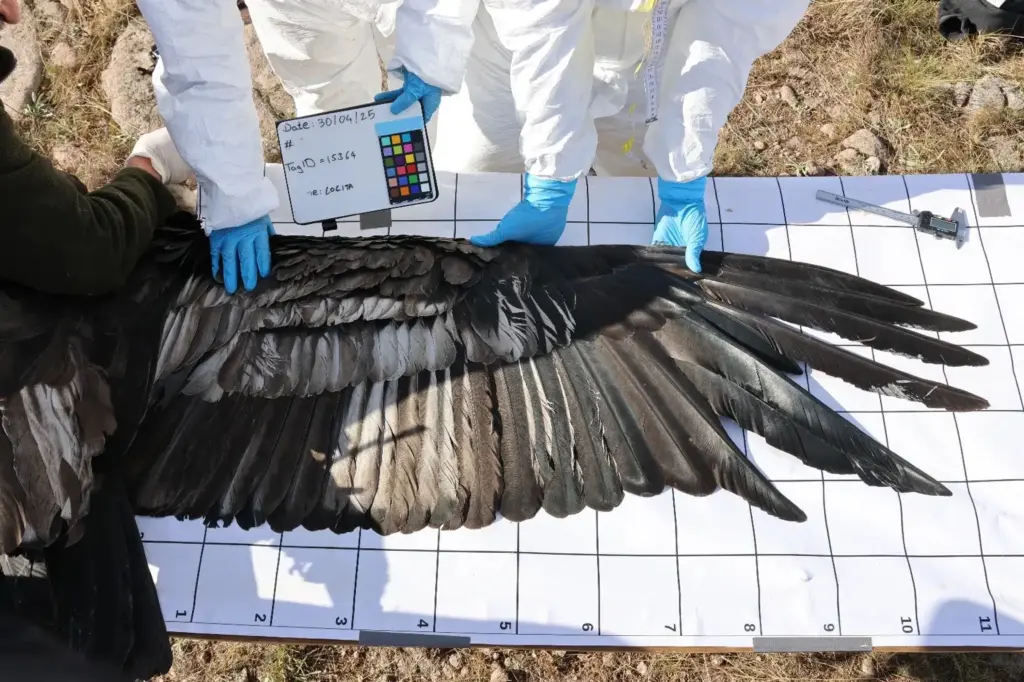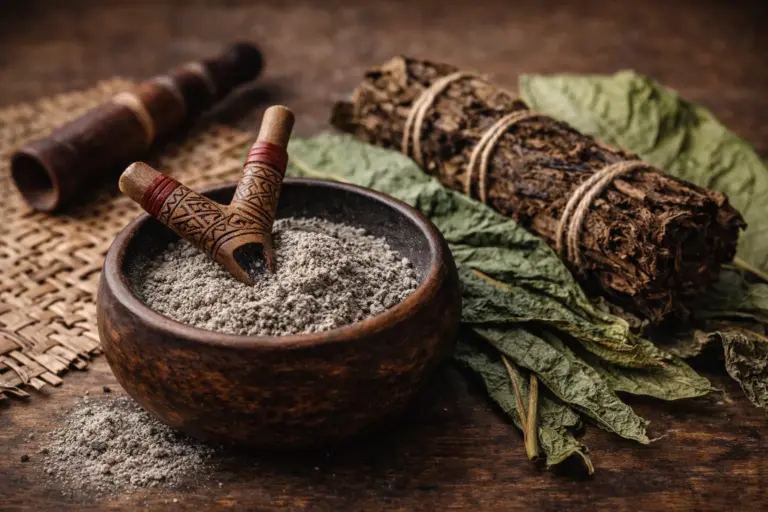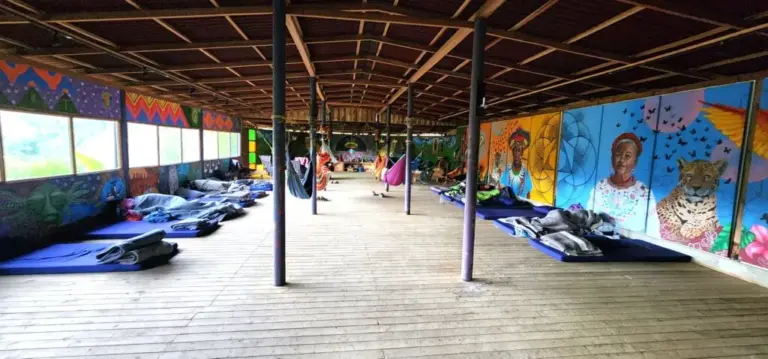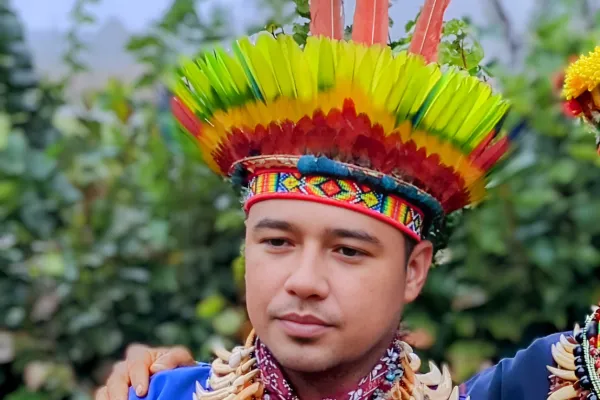Condor Conservation in Colombia: Ecological and Spiritual Duty
The condor conservation colombia effort represents far more than a wildlife protection initiative—it embodies a profound spiritual and cultural responsibility that connects the survival of one of the world’s most magnificent birds to the preservation of indigenous wisdom and the health of entire ecosystems. As one of the largest flying bird species on Earth, the Andean condor faces unprecedented threats throughout its Colombian range, making conservation efforts both urgent and essential for maintaining the ecological and spiritual balance that has sustained Andean communities for millennia.
The classification of the Andean condor as a vulnerable species by the International Union for Conservation of Nature (IUCN) reflects the serious challenges facing these magnificent birds throughout their range. In Colombia specifically, andean condor threats include habitat destruction, lead poisoning, human disturbance, and the broader impacts of climate change on high-altitude ecosystems where condors have traditionally thrived.
Understanding the condor’s role as a keystone scavenger reveals why conservation efforts extend far beyond protecting a single species to encompass the health of entire mountain ecosystems. The condor’s ecological function as nature’s cleanup crew makes its conservation essential for maintaining the natural cycles that support biodiversity throughout the Colombian Andes, while its spiritual significance to indigenous communities adds cultural and ceremonial dimensions that make conservation efforts deeply meaningful on multiple levels.

Sacred and Vulnerable: The Condor’s Current Status
The current conservation status of the Andean condor in Colombia reflects a complex intersection of ecological, cultural, and spiritual factors that make this species both sacred to indigenous communities and increasingly vulnerable to modern threats. The condor conservation colombia challenge requires understanding not only the biological needs of these magnificent birds but also the cultural contexts that have traditionally supported their survival and the modern pressures that now threaten their existence.
Recent population surveys indicate that fewer than 150 Andean condors remain in Colombian territory, representing a dramatic decline from historical numbers that once supported stable populations throughout the country’s three Andean cordilleras. This small population size makes Colombian condors particularly vulnerable to genetic bottlenecks, disease outbreaks, and environmental catastrophes that could push the species toward local extinction.
The spiritual significance of this decline cannot be overstated within indigenous communities throughout Colombia. Elder teachers consistently explain that the disappearance of condors from their traditional territories signals a breakdown in the cosmic order that governs all life. This perspective motivates conservation approaches that integrate scientific methodology with traditional spiritual practices, recognizing that successful species recovery requires restoration of the cultural and spiritual contexts that originally supported healthy condor populations.
The condor’s status as Colombia’s national bird adds political and symbolic dimensions to conservation efforts, creating opportunities for high-level government support while also generating public awareness about the species’ plight. However, this symbolic status has not yet translated into the comprehensive protection measures needed to ensure the species’ long-term survival in Colombian territory.
The vulnerability of Colombian condor populations becomes particularly apparent when compared to more stable populations in neighboring countries such as Argentina and Chile, where larger territories and different management approaches have achieved better conservation outcomes. These comparisons provide valuable insights for improving Colombian conservation strategies while also highlighting the unique challenges facing condors in Colombian ecosystems.
Natural History and Ecological Role
The Andean condor’s role as a keystone scavenger makes it one of the most ecologically important species in Colombian mountain ecosystems. Understanding this ecological function reveals why condor conservation efforts have implications that extend far beyond protecting a single species to encompass the health and stability of entire biological communities.
As the largest flying bird in the Western Hemisphere, with wingspans reaching up to 3.3 meters (10 feet 10 inches) and weights up to 15 kilograms (33 pounds), condors possess unique capabilities that allow them to fulfill ecological roles that no other species can replicate. Their extraordinary soaring abilities enable them to patrol vast territories, often covering hundreds of kilometers in a single day while searching for carrion that requires their specialized cleanup services.
The condor’s scavenging behavior provides essential ecosystem services that prevent the spread of disease and facilitate the recycling of nutrients throughout mountain environments. By consuming carrion that might otherwise become sources of bacterial contamination or disease vectors, condors help maintain the health of ecosystems that support numerous other species, including many that are important to human communities.
The condor’s feeding ecology also demonstrates remarkable adaptations that allow these birds to thrive in harsh mountain environments where few other large animals can survive. Their ability to fast for extended periods, sometimes going weeks without feeding, enables them to survive in environments where food sources are unpredictable and widely scattered.
The social behavior of condors adds additional complexity to their ecological role, as these birds often feed in groups that follow strict hierarchical protocols. Dominant birds feed first, followed by subordinates in order of social rank, creating feeding patterns that ensure efficient utilization of available carrion while minimizing conflict and energy expenditure.
The condor’s reproductive biology presents both challenges and opportunities for conservation efforts. These birds reach sexual maturity slowly, typically not breeding until they are 5-6 years old, and produce only one egg every two years under optimal conditions. This slow reproductive rate makes condor populations vulnerable to decline but also means that successful conservation interventions can have long-lasting positive impacts.
Threats in Colombia: Habitat Loss, Poisoning, and Human Impact
The andean condor threats facing Colombian populations reflect the complex intersection of environmental degradation, economic development pressures, and cultural changes that characterize much of contemporary Colombia. Understanding these threats in detail is essential for developing effective conservation strategies that address root causes rather than merely treating symptoms.
Habitat loss represents the most significant long-term threat to Colombian condor populations, as mining operations, agricultural expansion, and urban development continue to fragment and degrade the high-altitude ecosystems where condors traditionally nest and forage. The conversion of natural grasslands to cattle pastures has been particularly damaging, as it reduces the availability of wild ungulates that provide important food sources for condor populations.
Lead poisoning from ammunition used by hunters poses an acute threat that can kill condors quickly and efficiently. When hunters shoot animals and leave gut piles containing lead bullet fragments, condors that feed on these remains can suffer lead poisoning that causes neurological damage, organ failure, and death. This threat is particularly insidious because it can affect multiple birds from a single contaminated carcass.
Human disturbance at nesting sites represents another significant threat, as condors require undisturbed cliff faces and caves for successful reproduction. Tourism, rock climbing, and other recreational activities can cause condors to abandon nesting attempts, while infrastructure development near traditional nesting areas can make sites unsuitable for breeding.
Climate change adds an overarching threat that affects all aspects of condor ecology, from the availability of thermal currents that condors depend on for efficient flight to changes in precipitation patterns that affect the distribution and abundance of prey species. Rising temperatures may also force condors to seek higher altitudes for suitable nesting sites, potentially reducing available habitat.
The illegal wildlife trade, while not as significant a threat as habitat loss or poisoning, continues to affect condor populations through the capture of birds for private collections or traditional medicine uses. The cultural significance of condor feathers and other body parts in some traditional practices creates demand that can motivate illegal hunting and capture.
Collisions with power lines and wind turbines represent emerging threats as energy infrastructure expands throughout condor habitat. These large, slow-flying birds are particularly vulnerable to collisions with human-made structures, especially in areas where power lines cross traditional flight corridors.
Conservation Actions: Breeding Programs and Habitat Protection
The condor conservation colombia response to these threats involves a comprehensive approach that combines captive breeding programs, habitat protection initiatives, community engagement efforts, and international collaboration to address the multiple factors affecting condor survival. These conservation actions represent some of the most sophisticated and culturally sensitive wildlife protection efforts currently underway in Colombia.
The Colombian condor breeding program, operated in partnership with international organizations and zoos, maintains a genetically diverse captive population that serves as insurance against extinction while also providing birds for reintroduction efforts. This program has successfully bred and released several condors back into Colombian territory, though the long-term success of these reintroductions depends on addressing the underlying threats that caused population declines.
Habitat protection efforts focus on establishing and maintaining protected areas that encompass critical condor nesting and foraging habitat throughout the Colombian Andes. These protected areas not only benefit condors but also preserve ecosystems that support numerous other endangered species while providing essential environmental services such as watershed protection and carbon sequestration.
Community engagement programs work with local communities, particularly indigenous groups, to develop conservation strategies that honor traditional knowledge while addressing modern threats. These programs recognize that successful condor conservation requires the active participation and support of communities that share habitat with condors and have cultural connections to these magnificent birds.
The development of condor-safe hunting practices represents a crucial component of conservation efforts, as programs work with hunters to promote the use of non-lead ammunition and proper disposal of gut piles that might otherwise poison scavenging condors. These efforts require ongoing education and outreach to change deeply ingrained hunting practices.
Monitoring programs use satellite telemetry, GPS tracking, and other advanced technologies to study condor movements, habitat use, and survival rates. This research provides essential data for understanding condor ecology and evaluating the effectiveness of conservation interventions while also identifying new threats and opportunities for protection.
International collaboration with condor conservation programs in other countries provides opportunities for sharing knowledge, coordinating research efforts, and developing regional conservation strategies that address the transboundary nature of condor ecology and migration patterns.
For those interested in the spiritual dimensions that motivate much condor conservation work, explore our comprehensive guide to Andean Condor spiritual symbolism.
How Travelers and Visitors Can Help
International visitors and travelers to Colombia have unique opportunities to support condor conservation colombia efforts through responsible tourism practices, financial contributions, and advocacy efforts that can make meaningful differences for condor survival. Understanding how to contribute effectively requires awareness of both the challenges facing condors and the conservation initiatives that need support.
Responsible wildlife viewing practices represent one of the most direct ways that visitors can support condor conservation while also experiencing these magnificent birds in their natural habitat. This involves maintaining appropriate distances from condors, avoiding disturbance at nesting sites, and choosing tour operators that prioritize conservation over mere wildlife viewing opportunities.
Financial support for conservation organizations working on condor protection provides essential resources for ongoing research, habitat protection, and community engagement efforts. Many international conservation organizations have specific programs focused on Andean condor conservation that welcome donations from concerned individuals who want to contribute to species protection.
Educational outreach and advocacy efforts help raise awareness about condor conservation needs among broader audiences who may not be directly familiar with the challenges facing these birds. Sharing information about condor conservation through social media, educational presentations, and informal conversations can help build the public support needed for long-term conservation success.
Supporting indigenous communities that have traditional connections to condor conservation provides culturally appropriate ways to contribute to species protection while also supporting the preservation of traditional knowledge systems that have sustained condor populations for centuries. This might involve purchasing traditional crafts, supporting community-based tourism initiatives, or contributing to educational programs that help preserve indigenous languages and cultural practices.
Choosing environmentally responsible travel options helps reduce the broader environmental impacts that contribute to habitat degradation and climate change affecting condor populations. This includes selecting eco-friendly accommodations, minimizing carbon footprints through efficient travel planning, and supporting businesses that demonstrate genuine commitment to environmental protection.
Participating in citizen science programs provides opportunities for visitors to contribute valuable data to condor research efforts while also gaining deeper understanding of condor ecology and conservation challenges. Many conservation organizations welcome volunteer participation in monitoring programs, habitat restoration projects, and educational initiatives.
For those seeking to experience condor wisdom within traditional cultural contexts, authentic ayahuasca retreats in Colombia often include teachings about the spiritual significance of condor conservation and the connections between species protection and cultural preservation.
Frequently Asked Questions
Conclusion
The condor conservation colombia challenge represents one of the most complex and culturally significant wildlife protection efforts currently underway in South America. The success of these efforts depends not only on scientific research and habitat protection but also on maintaining the cultural and spiritual contexts that have traditionally supported condor populations throughout Colombian territory.
The integration of traditional indigenous knowledge with modern conservation science offers hope for developing approaches that address both the immediate threats facing condors and the underlying cultural and environmental factors that determine long-term species survival. As more people recognize the connections between condor conservation and broader environmental and cultural preservation goals, support for these efforts continues to grow.
For those called to contribute to condor conservation efforts, Colombia offers unique opportunities to experience these magnificent birds within their original cultural and ecological contexts while supporting the communities and organizations working to ensure their survival. Whether through understanding condor spiritual significance or participating in practical conservation initiatives, every contribution helps secure a future where condors continue to soar above the Colombian Andes for generations to come.







